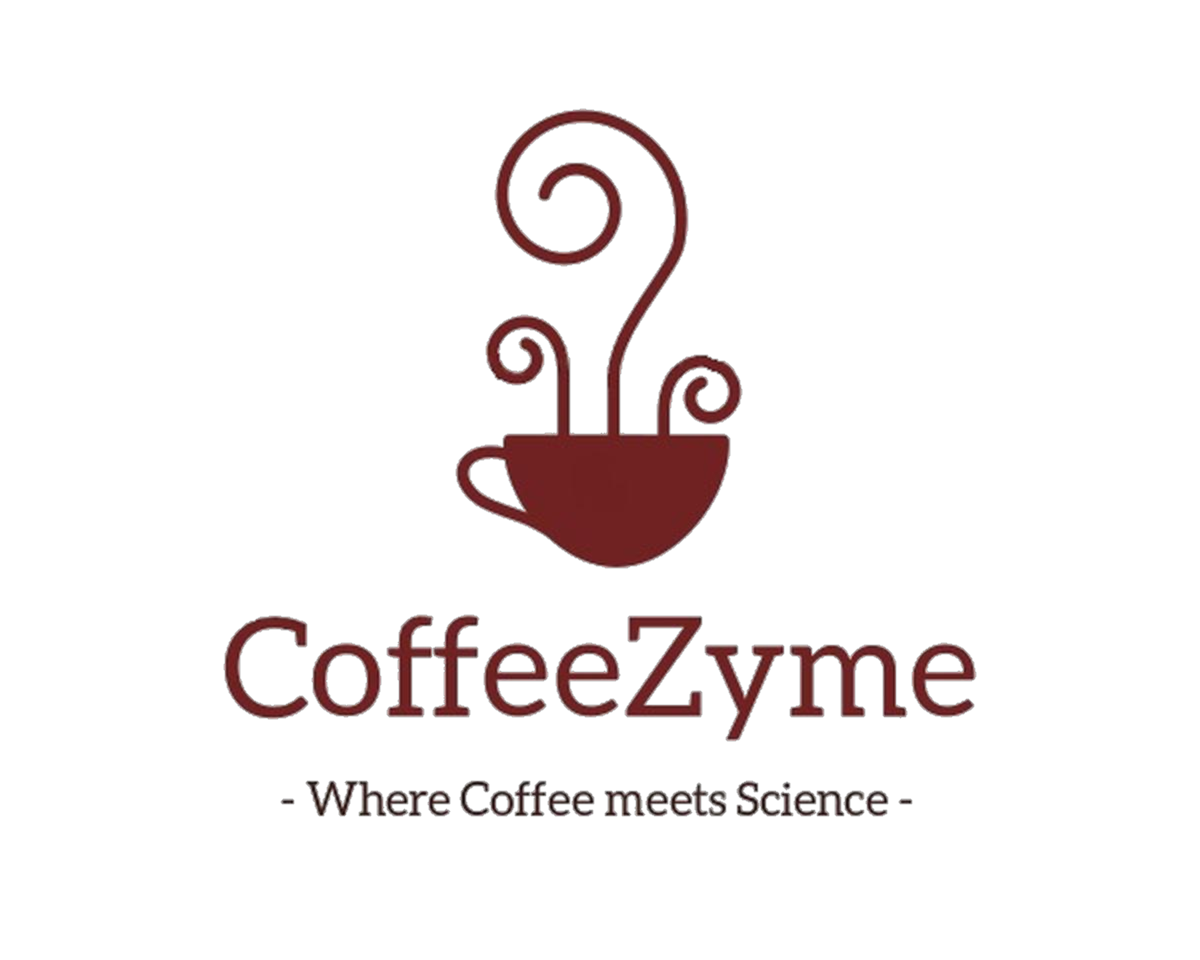Post-Roast Icky

All Coffee roasters will go to extreme processes to make their beans look as appeasing as possible. This results in a huge loss of perfectly good beans. The best time to sort your beans is prior to roasting so as to limit the amount of defects as possible. A good way to look at this would be to examine popcorn kernels. Prior to popping you can find many defects and even some nasty kernals in all natural popping corn. However once these kernals have popped, generally you wont notice a defect.
How this transfers to coffee is by looking at the bean prior and post roast. Prior to roasting you can sort the defects, after roasting you won’t notice most these defects. You will however find new defects due to the roasting process and the pulping process.

(Defective bean)
The pulping process depends on how the bean is processed before it’s dried. All beans will dry with some pectin still coating the entire bean (like a slime) then once dried to a 10.5-11.9% value (our preference) the bean will have a dry “husk”. Once this is put in the roaster it mostly gets removed through a ventilation method or a drop method. Neither will completely remove this husk which can easily become “roasted” to the bean causing a “discoloration”.

A lot of roasters will then “sort” these beans in large machines to get rid of the defects. This process is based solely on color differentiation which results in a huge loss of exactly the same bean. The husk “pectin” is generally also thrown away or discarded in some way resulting in a huge loss of useful, reusable, natural material. Many companies will take donations of these husks to make compostable products that can easily be used in place of plastics.

The beans above are the exact same, with and without the husk. Lucky for everyone, the husk in no way alters the cup of coffee you drink.
